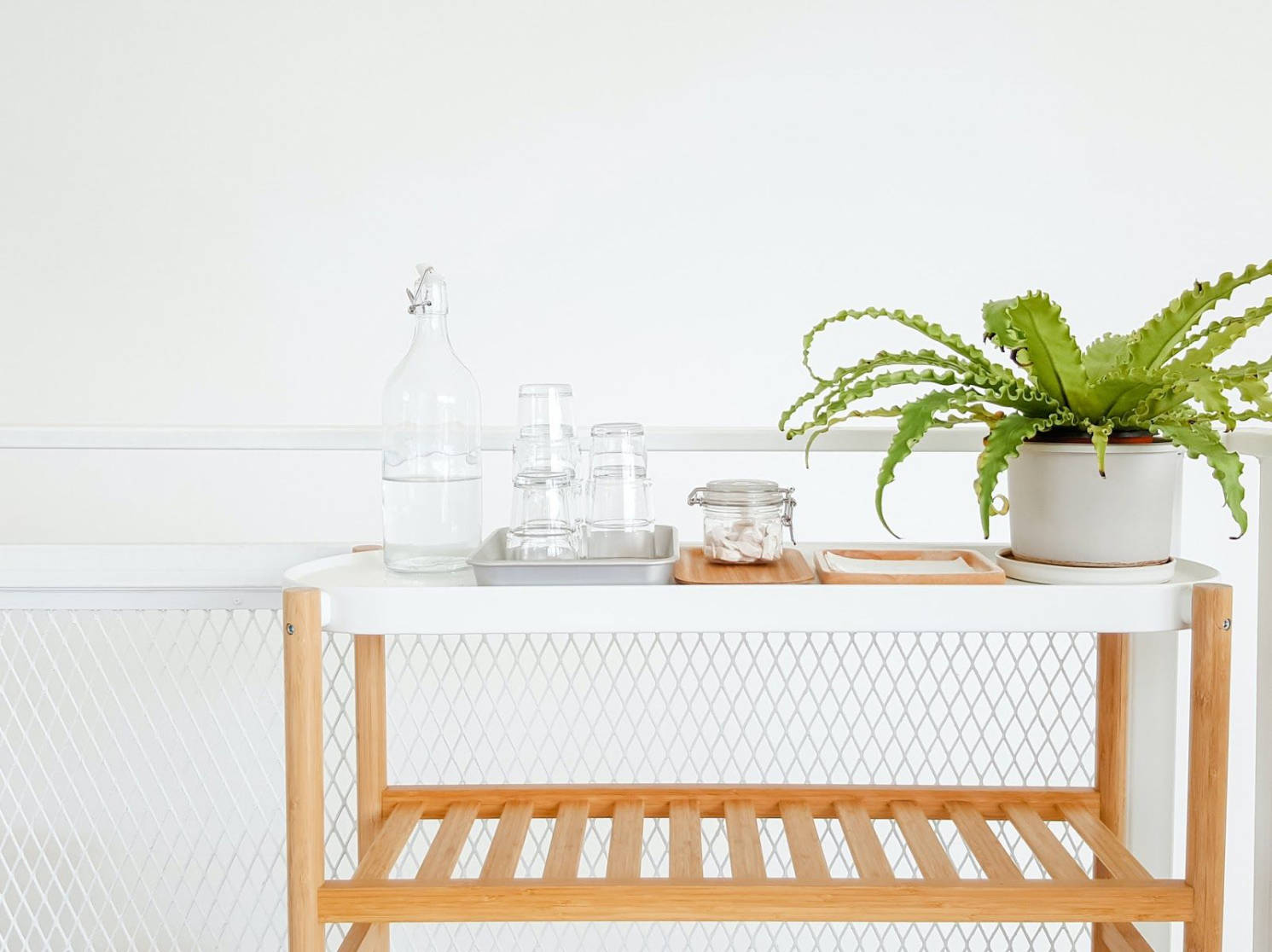
If you’re about to go on a run, are you going to wear soccer cleats? What about wearing cowboy boots for a tennis match? No of course not, that would be ridiculous. Most shoes serve the same general purpose- protecting your feet, but obviously some are fit for specific situations or sports. It’s kind of the same with air filters. They all have a similar purpose- to keep your unit running at peak efficiency and improve air quality in your home. But some filters are better than others at specific tasks like allergen control. Did you know that there are more than seven different kinds of air filters? They’re made of different materials, for different purposes, and they’re not all created equal. Since there are so many different filters to choose from, how are you supposed to know which one you need? Is the kind you currently use the right for your system? Let’s discuss your options, the differences and similarities, and how to narrow down the right filter for your home.
First, it’s important to note that filters are rated using the Minimum Efficiency Reporting Value (MERV), on a scale of 1 to 16 (16 being the most effective) for how well the filter can trap pollutants that are as small as 0.3 microns and as large as 10 microns. A lower MERV rating means that the filter is more effective at removing large particles- pollen, dust mites, and carpet fibers. A higher MERV rating means it’s better at catching small particles- smoke, bacteria, and viruses.
- Pleated filters
Material: polyester or cotton folds
Uses: filtering dust and airborne pollutants; increased surface area helps trap more.
Considerations: Puts more strain on the unit because it’s harder for air to filter through.
MERV rating: between 5-11
- UV light filters
Material: shortwave ultraviolet lights
Uses: Kills mold and germs; helps prevent disease and illness
Considerations: Useless against common pollutants like dust; ineffective against fumes; costly installation
MERV rating:
- HEPA filters
Material: uses static electricity
Uses: highest filtering (even bacteria); ideal for people with severe allergies or respiratory illness
Considerations: May not help with odors or fumes
MERV rating: near 16
- Spun glass filters
Material: spun strands of fiberglass; disposable and inexpensive
Uses: Good at filtering lint and dust; one of the least expensive options
Considerations: Doesn’t filter enough to make a noticeable difference in air quality, therefore not recommended for people with respiratory problems; can get clogged
MERV rating: 2-3
- Washable filters
Material: differing materials; washable
Uses: Only has to be bought once; environmentally friendly option; durable
Considerations: must be completely dried after washing and before reinserting.
MERV rating: 3-4
- Electrostatic filters
Material: small paper and cotton fibers; can be reusable or disposable
Uses: Can improve air quality in the home; cost-effective
Considerations: Struggles filtering bigger particles like dust.
MERV rating: 8-11
- Media filters
Material: Some are carbon coated
Uses: Low maintenance; cost-effective; have a higher surface area so they’re able to filter more and keep dirt trapped; only has to be replaced one or twice a year.
Consideration: May need to be professionally installed
MERV rating: 11-13
So which one is right for your home? It depends on what you’re wanting from a filter, how much you’re willing to spend, and how often you want to mess with it. Media filters are a great, popular “best of both worlds” option. If you or a loved one has severe allergies, you might need to consider something more intense like a combination of HEPA and UV light filters. We want you to breathe in clean, cool air in your home and are ready to help that happen! Keep in mind that air quality checks and air purification solutions are just 2 of the many AC services that Mainline Heating and Air Conditioning offers in the Birmingham, AL area. Contact us today so we can make sure you’re using the air filter that’s best for your unit and your home.

